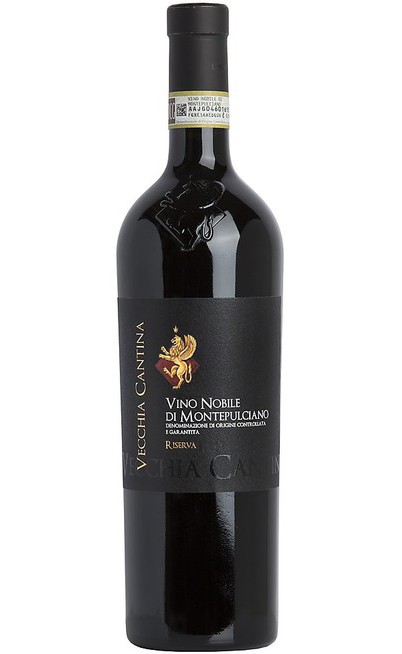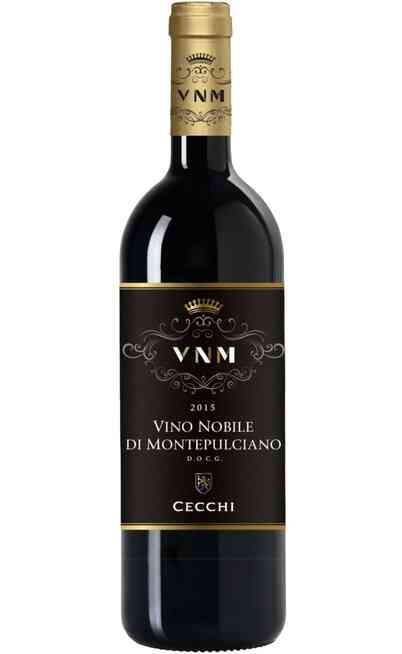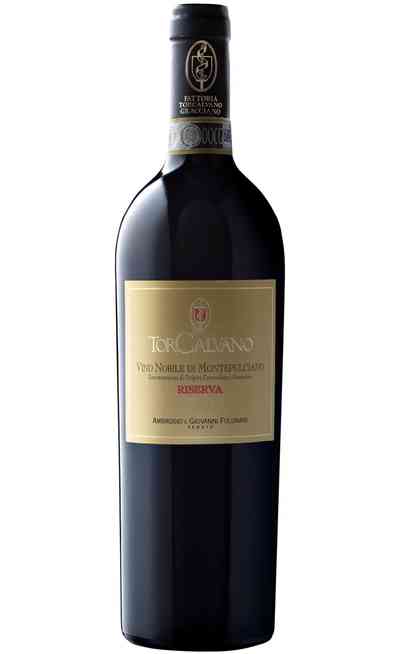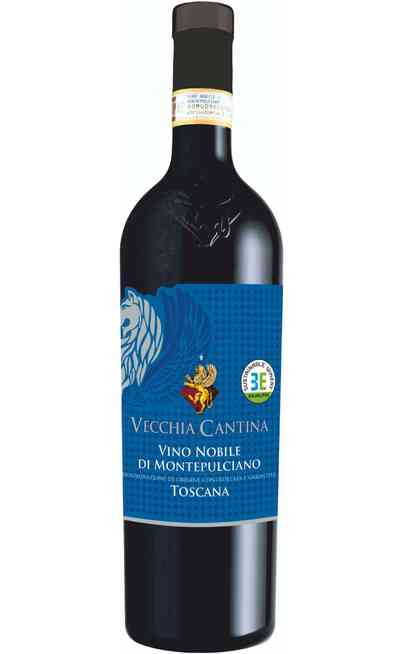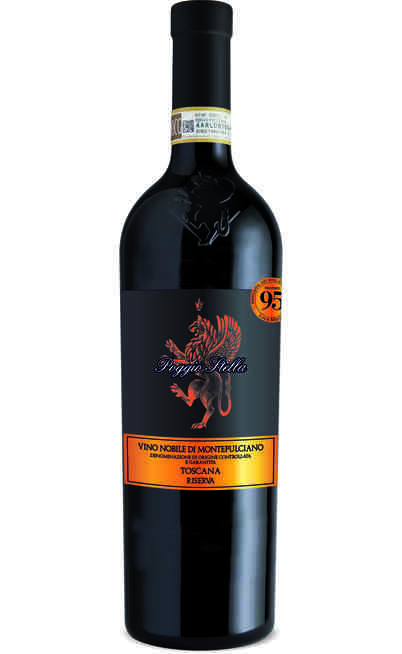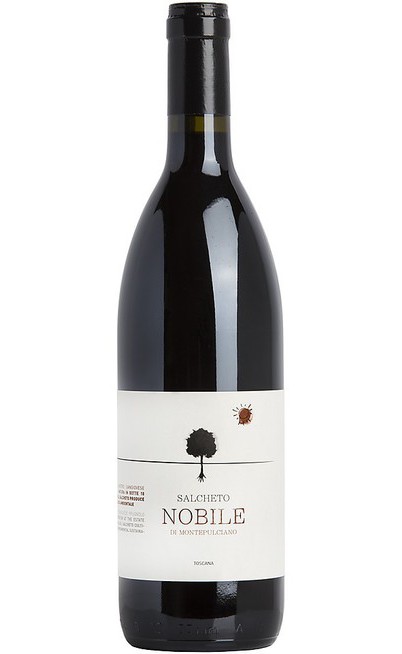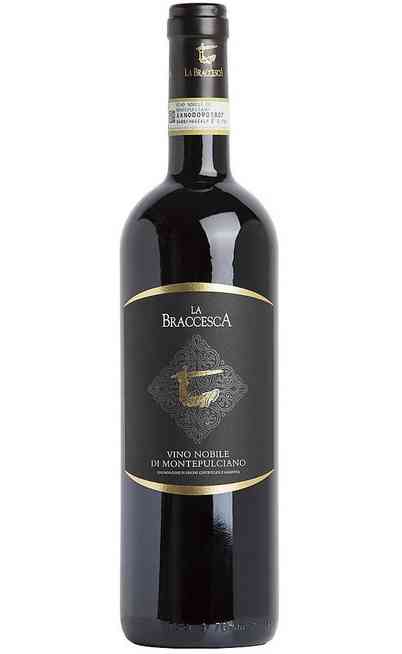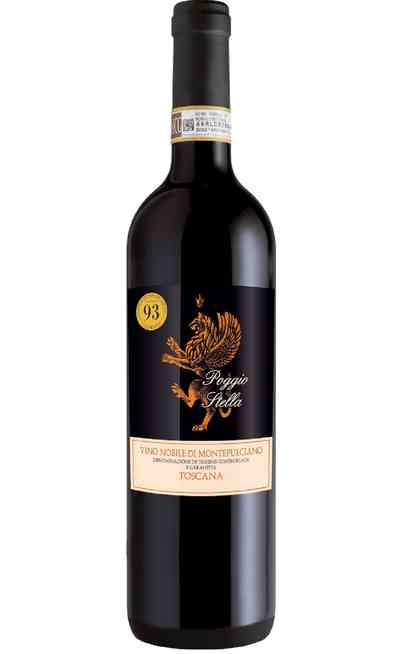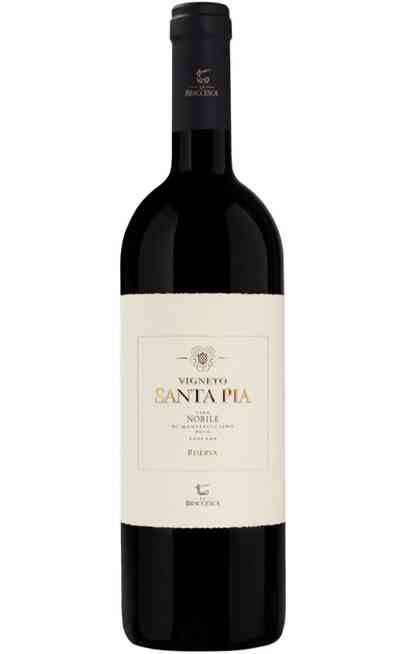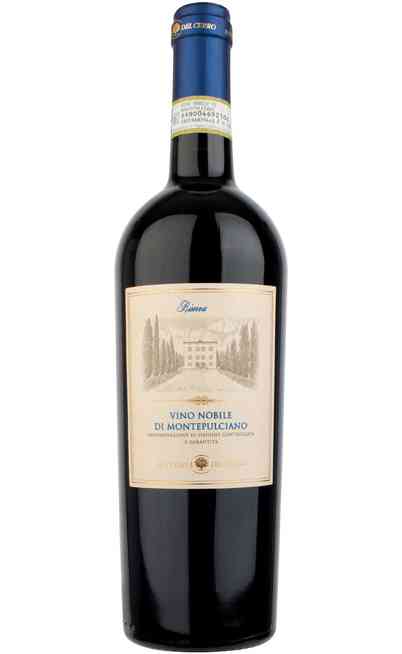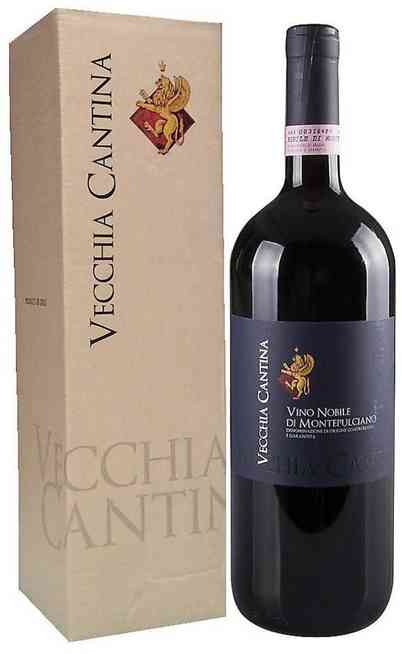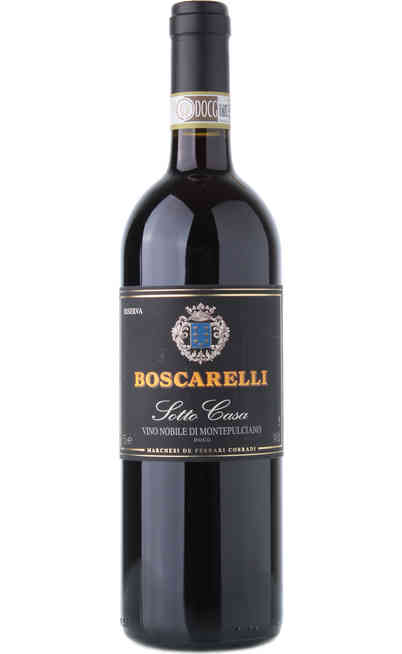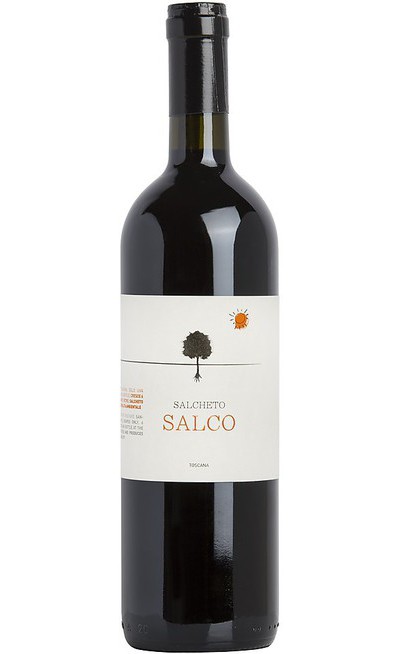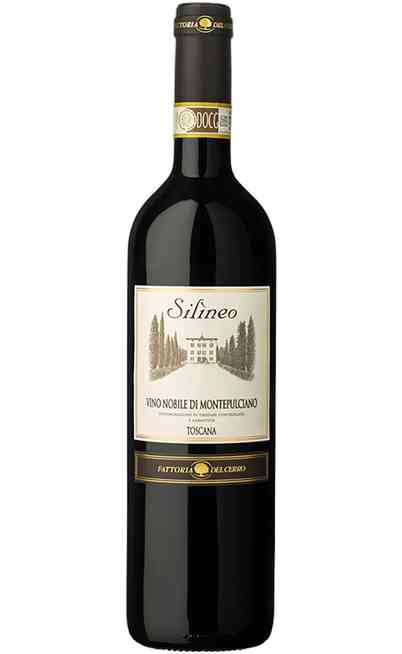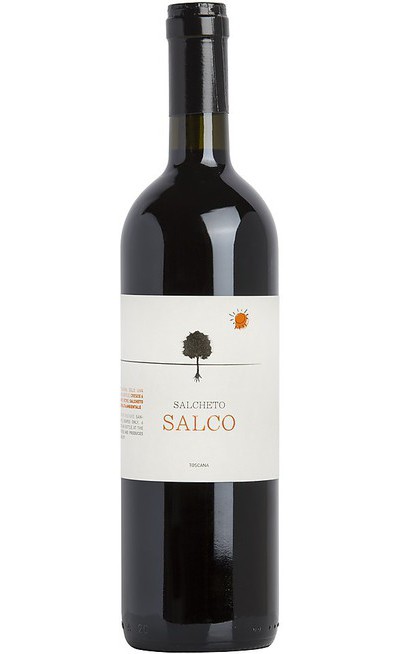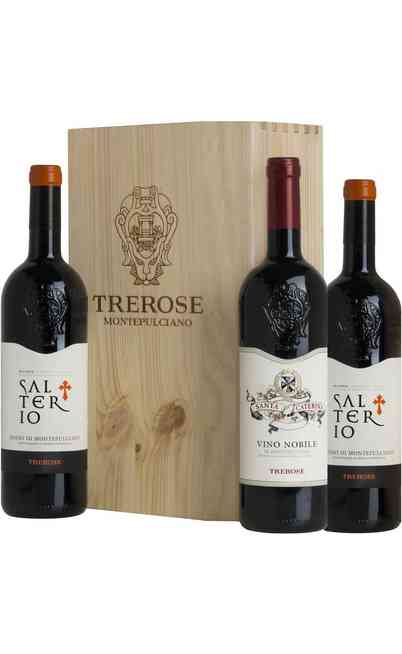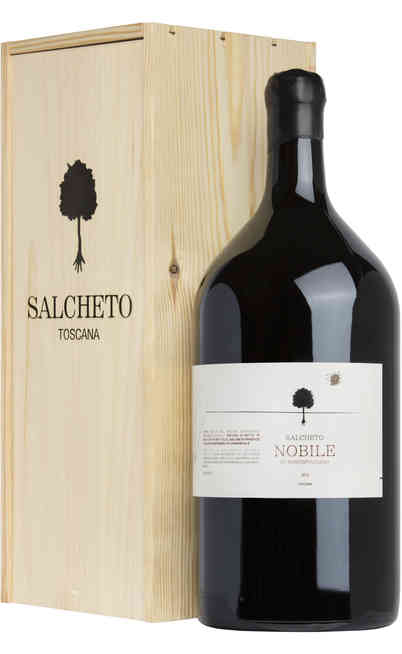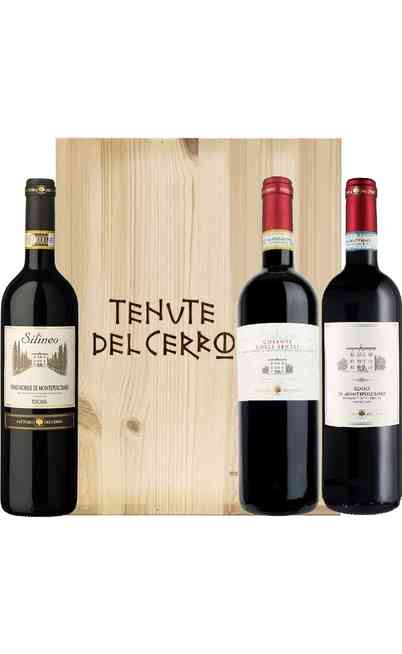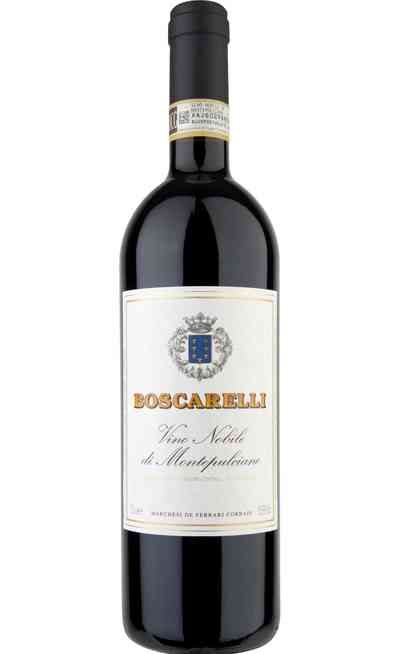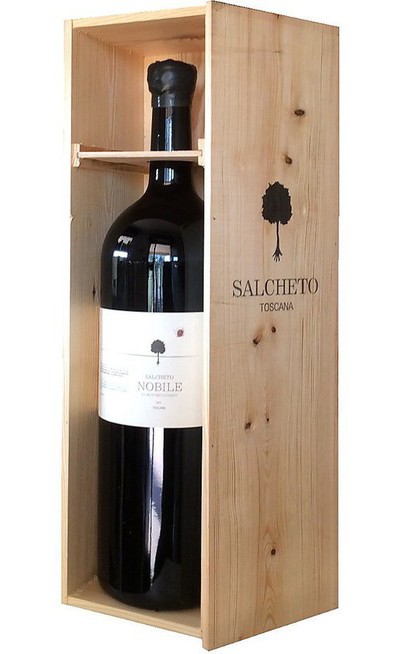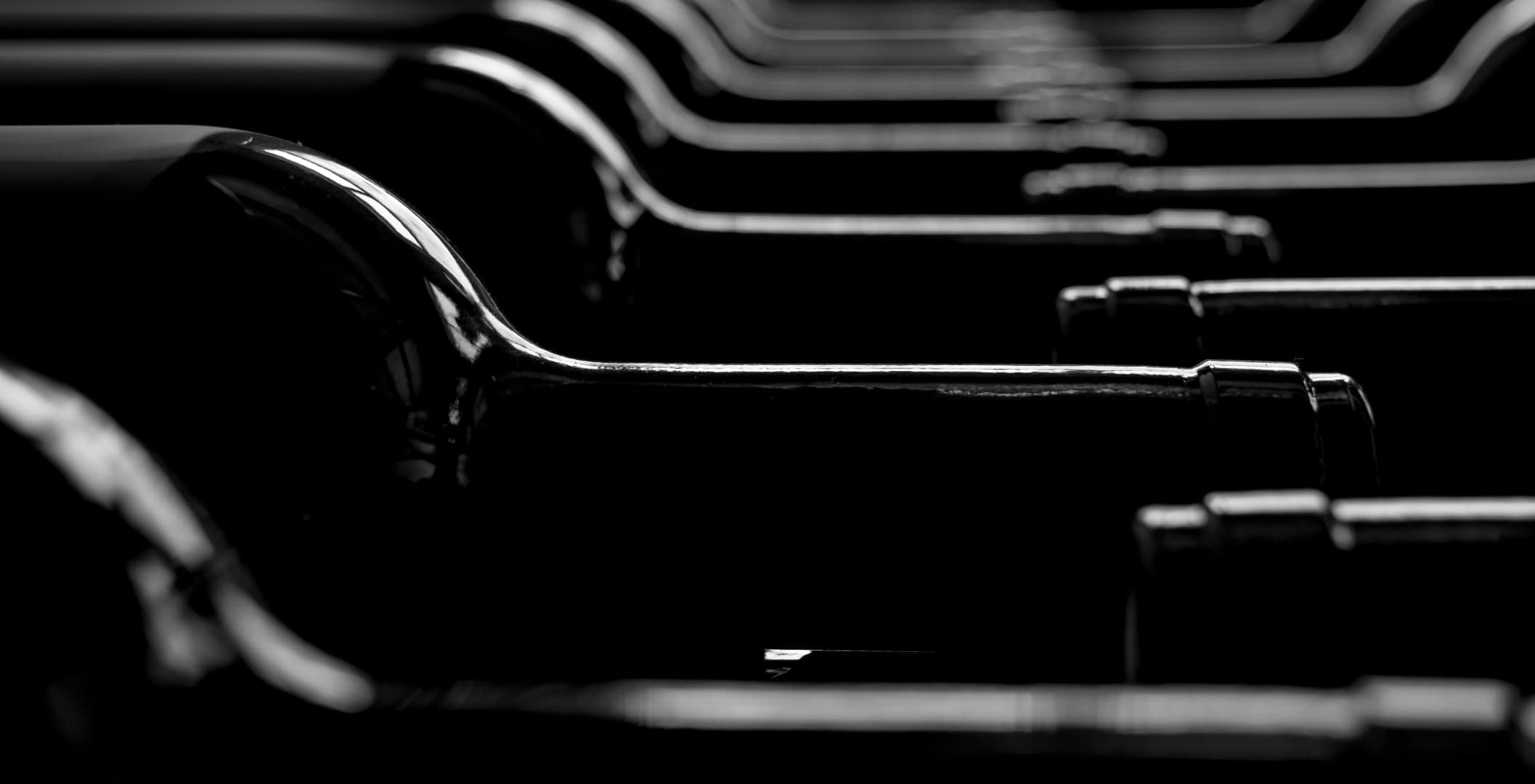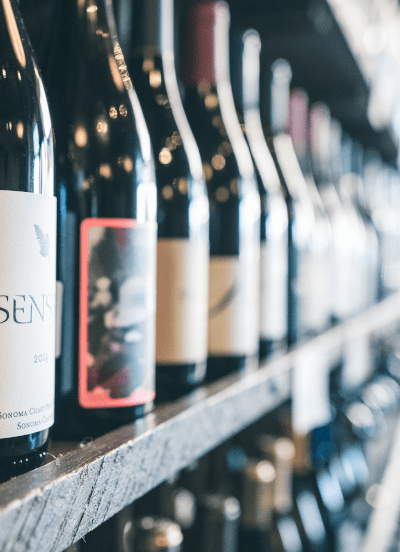
General description of wine and territory of Nobile di Montepulciano
Wine Nobile di Montepulciano is a red wine a Denomination of Controlled and Guaranteed Origin DOCG produced in Tuscany. This exceptional Tuscan wine is produced in the administrative territory of the Municipality of Montepulciano in the province of Siena. As perfectly indicated on the production disciplinary, recognized for the DOC (denomination of controlled origin) in 1966 and then promoted to DOCG in 1980, Il Vino Nobile di Montepulciano originates from the homonymous village in southern Tuscany – eastern, remained until today unchanged from the urban point of view from 1580 to today. The history of Montepulciano is inextricably linked to the vineyards and wine that since the eighteenth century was produced and indicated as noble wine. The appellation “Nobile” seems to indicate a wine of superior quality that only nobles could afford.
It should not be confused with Montepulciano d'Abruzzo DOC, which is an Abruzzese wine produced with the homonymous grape, unlike Vino Nobile di Montepulciano which, instead, is vinified by an ancient clonal selection of the Sangiovese grape called Prugnolo Gentile
Vino Nobile di Montepulciano is one of the oldest wines in Italy.
The name Vino Nobile, the result of historical research, is found for the first time in a document dated September 1787. The Governor of the Conservatory of San Girolamo, in a report of a trip to Florence, on behalf of San Girolamo, presented in homage to the Florentine Conservatory called Il Conventino, 28 fiaschi di Vino Nobile. Many other times, in the nineteenth century we find this denomination, then after a long pause the name: Vino Nobile di Montepulciano was taken over by Adamo Fanetti, who on the occasion of the participation of Cantina Fanetti at the Mostra Mercato dei vini held in Siena, He wrote the label himself, whose handwriting was later taken up by the other wineries. Until 1930 and beyond, the wine was officially called Vino rosso scelto di Montepulciano” but the tenacious Adamo had the habit of naming what he produced with the appellation of Nobile. In 1925, Adamo Fanetti produced about 30 quintals of Nobile wine, almost all bottled and sold for two liras the bottle and had wide acclaim. The success increased on the occasion of the first exhibition of typical wines held in Siena in 1931, organized by the National Exhibition-Market of Typical and Fine Wines, so much so that Tancredi Biondi-Santi, friend and admirer of Adamo Fanetti, pronounced this prophetic phrase: This wine will have an event. Fanetti must be considered, in all respects, the first producer of Vino Nobile di Montepulciano of the 20th century. The Cantine Fanetti was responsible for the launch, promotion and delivery of Vino Nobile in the years following the First World War, and in the years of the Italian economic miracle after World War II. The example was followed by other wineries -which until then produced mostly Chianti and in 1937 a cooperative winery was founded (Vecchia Cantina di Montepulciano) with the intention of creating a structure for the marketing of wine produced by small farmers. The wine produced in Montepulciano continued to be appreciated over time until obtaining the Denomination of Controlled Origin (DOC) with the D.P.R. 12 July 1966 and later it was the first Italian wine to boast the D.O.C.G.
Similar wines and produced with the same grapes of Nobile di Montepulciano
The grapes with which the Nobile di Montepulciano DOCG wine is produced are derived from vines of Sangiovese (called Montepulciano Prugnolo gentile) which must be present for at least 70% of the blend.
In addition, the final blend can contain grapes of the vine & ldquo; Canaiolo nero” up to a maximum of 20%, can finally compete for a maximum of 20%, recommended and authorised vines for the province of Siena provided that the percentage of white grapes does not exceed 10%. Aromatic vines are excluded with the exception of Malvasia del Chianti. All specified in the production specification.
The Sangiovese grape variety, used for the vinification of Nobile di Montepulciano DOCG in a preponderant way, has very specific varietal characteristics. First the leaf that must be medium-sized, pentalobate, light green and shiny. The cluster is medium, compact, cylindrical and often pyramidal thanks to the pronounced upper wing. The berry is medium size, ovoid and regular. Finally, the skin is black – purple (especially if well exposed) and rich in plum, not very thick but resistant.
The main production characteristics of Sangiovese highlight a vigorous vine with medium budding. The cultivation and the breeding must prefer techniques based on hilly soils of medium or poor fertility, clay – limestone with an abundant skeleton, well dry during maturation to avoid alterations to the composition of the wine. It is recommended to prune mixed or spurred cord.
As for the Canaiolo black grape variety, another widely used wine for the production of Nobile di Montepulciano DOCG, the following varietal characteristics concerning the medium leaf & ndash; small overall size, pentalobate and more rarely trilobed. The color is always on dark green and opaque even if exposed. The bunch is medium in size, rather sparse, stocky or pyramidal depending on the strength of the wing that is often also double. The berry is medium-sized, round and regular with a very consistent skin, blue color & ndash; purple especially in branches very exposed to the sun and with a lot of plum.
For the vine of Canaiolo the characteristics of production see a vine with low vigor and medium maturation period tending to late. The cultivation and breeding prefer places characterized by warm climates and hilly soils, with good sun exposure throughout the day, especially in summer.
Analysis of Tuscan red wine Nobile di Montepulciano
The Tuscan red wine par excellence “Nobile di Montepulciano DOC & RDQUO; has a ruby red color tending to garnet with aging.
In olfactory terms the notes express an intense, ethereal and characteristic scent.
Finally the taste that appears dry, balanced and persistent, with possible hints of wood in the more refined versions.
Recommended pairings with red wine Nobile di Montepulciano
The Nobile di Montepulciano DOCG of Tuscany, which on our website you can find at an excellent value for money is a special red wine for roasts white meat and noble poultry.
It is served at a temperature of 18° - 20°C, uncorking the bottle two hours before serving. Serve in ballon or burgundy glasses.
Visit the website of our online wine shop and discover the offers and wines of value; they are listed by region and by type, it will be very easy to find them.


